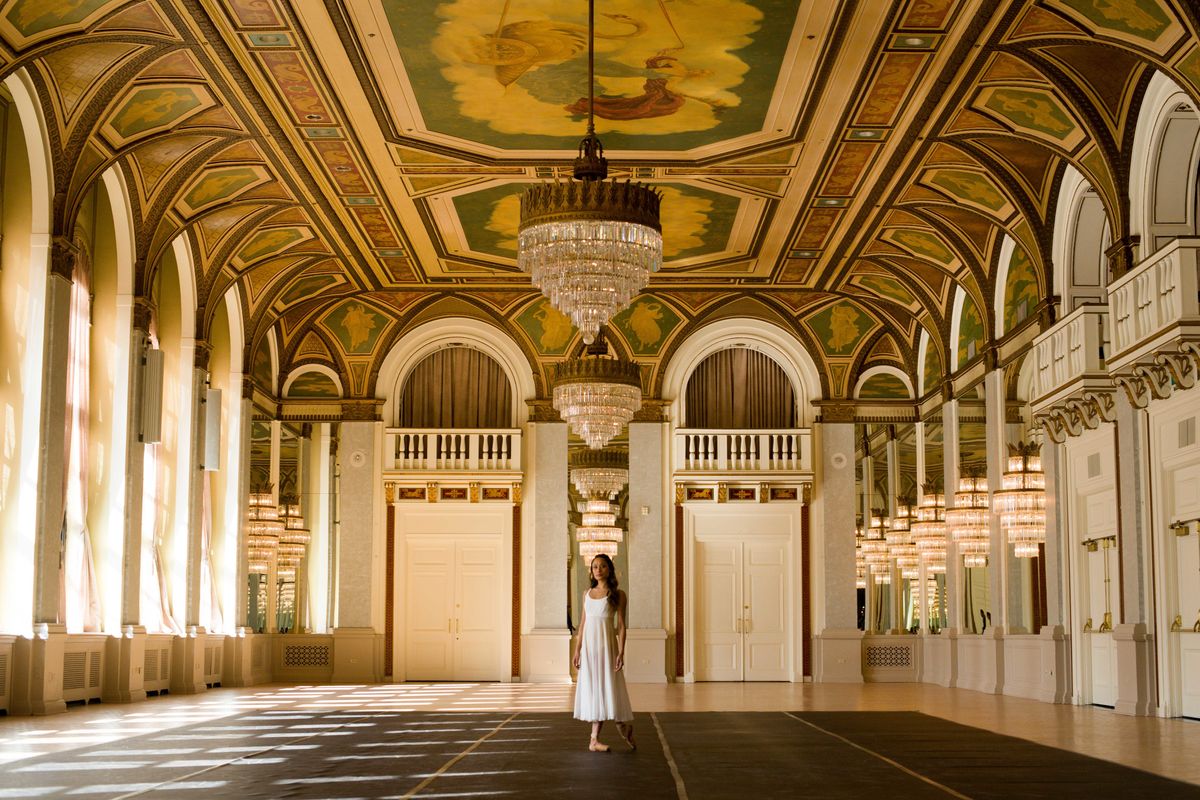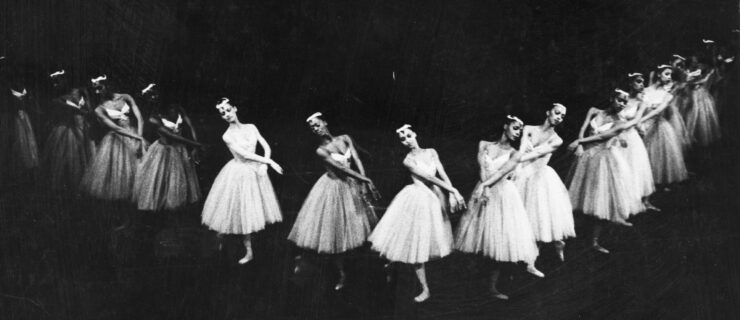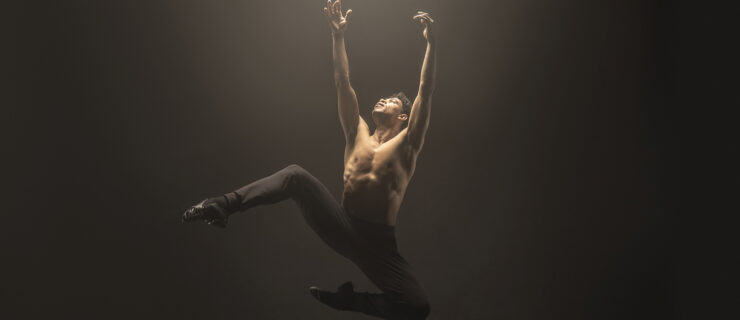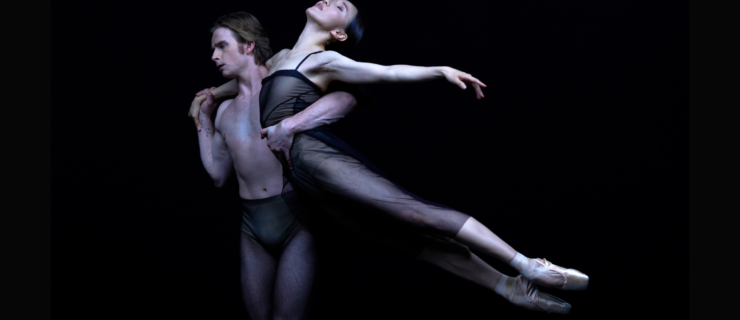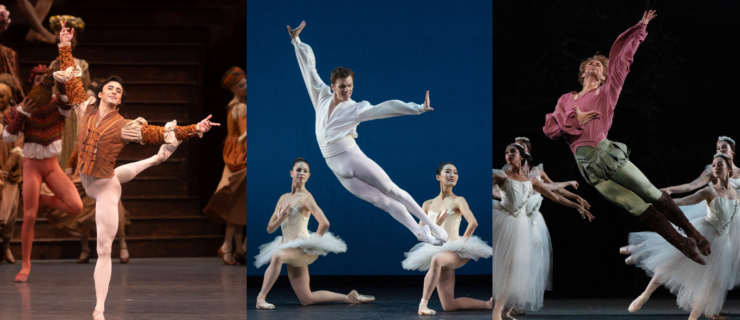This New Mini-Documentary is a Beautifully Nostalgic Look at the Challenges Dancers Overcome
“There’s something about being onstage that is completely indescribable,” says National Ballet of Canada soloist Tina Pereira in the opening of the new short film TINA. While this sentiment rings true for any performer, it’s all the more poignant now, with theaters worldwide shuttered due to COVID-19. Two years in the making, TINA was released today. Created by filmmaker David Kalinauskas, it is a short documentary, telling in just five minutes Pereira’s story of injury and return to the stage. Kalinauskas shot the film in 35 mm, giving it a grainy, vintage-feeling sure to imbue any balletomane with a sense of nostalgia. “Dance is such an ancient and universal art form, and 35 mm is one of the earliest and most universal ways to capture motion, so we made that parallel,” says Kalinauskas. “We wanted the piece to have a really contemporary but timeless look.”
Kalinauskas and cinematographer Diego Guijarro’s initial inspiration stemmed from a desire to capture motion. “We’d been working on more technical stories without a whole lot of active movement, so we wanted to make something on our own between projects,” says Kalinauskas. The Toronto–based duo discussed swimmers and other athletes before connecting with NBoC. Kalinauskas was drawn to Pereira as a subject because of her family’s story; she emigrated to Canada from Trinidad as a young child. But after meeting in person, the angle shifted to Pereira’s recent injuries, and her race to get as much out of her career as possible before having to retire. The challenges she lays out are universal across the dance world.

TINA follows Pereira from the studio to her home to various spots around Toronto. But the most memorable scene is in a grand, regal ballroom, filmed at the Fairmont Royal York Hotel. “In a perfect world we wanted to shoot in a 350 degree swooping style, so there would be no place to hide any lights. We wanted a place with big, tall windows along one side,” says Kalinauskas. In order to get the intended effect during Pereira’s long dance sequence (which she choreographed herself), Kalinauskas had to rely on one steady cam operator, and watch the action on a monitor outside the closed door. “We’d be grinning ear to ear because it was just so beautiful, pairing this world-class dancer with world-class imagery and giving them choreography together,” he says.
